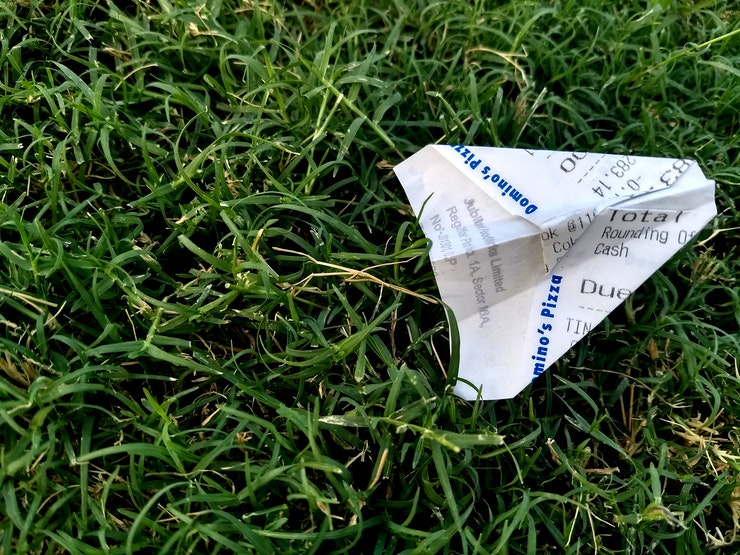

Air cargo volumes have recovered to pre-Covid volume levels in February, perhaps an unprecedented feat in just 10 months, according to latest data from industry analysts CLIVE Data Services and TAC Index.
For the four weeks of February, chargeable weight was down 1 percent compared to February 2019 and up 2 percent compared to the same month last year. This was a far cry from the April 2020 volume which was down 39 percent.
“Who would have thought that possible inside 10 months? It’s a recovery airline passenger departments will be dreaming of,” said Niall van de Wouw, Managing Director of CLIVE Data Services.
CLIVE Data compared this year’s February figures with those in 2019 and 2020 to give “meaningful perspective” on the impact of and recovery from Covid—particularly in light of “Chinese New Year (CNY) and leap year variances”.
“It makes senses to keep an eye out to 2019 before the pandemic took hold and, on that basis, air cargo demand is now nearly at par with pre-Covid volumes despite much less capacity in the market,” commented de Wouw.
Capacity in February was down 8 percent and 5 percent versus 2019 and 2020 levels, respectively, whilst the ‘dynamic loadfactor’—calculated on both the volume and weight perspectives of cargo flown and capacity available—was up 5 percentage points on February 2019 and 9 percentage points on the same month of last year.
The overall dynamic load factor of 69 percent in February was at the same level as the previous month. Month-over-month volumes climbed 7 percent, despite the shorted number of days in February, as capacity rose 5 percent over January.
Also read: Air cargo volumes stayed flat in January
“These are tricky months to compare due to the Chinese New Year and Leap Year variances, so we have to be careful in how we read the market. If we normalize for last year’s Leap Year, we can see a 2% growth in global volumes compared to February 2020 but that does not tell the tale by any measure—the apparently modest global growth number is masking what lies underneath,” de Wouw explained.
Volumes from China to Europe, for example, were nearly five times higher in the four weeks of February 2021 than in the similar weeks in 2020. Factory closures a year ago in response to the coronavirus outbreak led to the dramatic drop in volumes, with cargo traffic from Europe down 11 percent for the same period.
“Demand is increasing and there are a lot of passenger planes sitting around that could start flying cargo, but I don’t think that will happen proactively,” said de Wouw.
“Given the high financial risks, when it comes to adding capacity, airlines are more likely to follow the market as opposed to trying to stimulate it. But, if it makes sense, they will surely fly those aircraft.”
TAC Index, meanwhile, said that the volume, capacity and load factors continue to be reflected in higher air freight prices.
“Volatility remains high (also intra month) and, given the much higher pricing levels than a year ago, is having a major impact,” said Robert Frei, business development director at TAC Index.
The latest data from TAC Index shows that whilst the monthly pricing average seems ‘mundane’, weekly rate levels reveal a lot of volatility.
TAC Index says the Baltic Exchange Index in February was up 2 percent over January, taking into account that Chinese New Year started February 12, which is normally considered peak season.
But when looking at the CNY impact on the PVG-EUR lane, compared to previous years, in the two weeks before and after CNY, TAC Index observed that February 2021 saw the largest drop in yield, down 13 percent, compared to 2020 (down 4 percent) and 2019 (up 8 percent), during the four weeks around the lunar year holiday.
In absolute terms, yields of air carriers in February jumped 79 percent versus the previous year or 63 percent higher than 2019.
“Looking at PVG-EUR, for example, if you are 10% off with your procurement today (which would be RMB 3.20) compared to 2020 levels, it would have meant a deviation of 18%. This presents a very risky environment for freight forwarders and potentially an immediate loss on their gross margins of 8-10%,” Frei explained.









